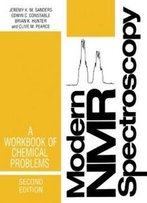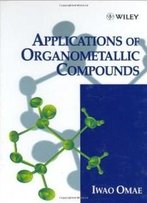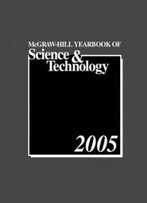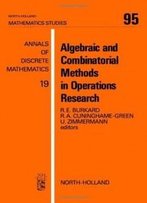
Power Electronics: Devices, Drivers, Applications And Passive Components
by B. W. Williams /
1992 / English / PDF
11.2 MB Download
Only by understanding both semiconductor device theory and
high-power application can the designer be sure of selecting the
correct power device for a given application. This book covers both
the switches themselves and the circuitry required to make them
work effectively. In this revised and updated version the author
has added an entire new section on passive components - capacitors,
soft magnetic materials, and resistors. In addition to describing
their properties, characteristics, and ratings, he illustrates
their use with examples. Important additions to the applications
section include converter underlap, reversible converters, and
standby and uninterruptible supplies. Many more real examples and
problems ensure that the reader gains a thorough working knowledge.
Part 1 covers power device electrical and thermal characteristics
and how they relate to a device's structure; part 2 describes
device driving and protection techniques; part 3 covers power
electronic applications and part 4 is the new section on passive
components - capacitors, soft magnetic materials, and resistors.
Only by understanding both semiconductor device theory and
high-power application can the designer be sure of selecting the
correct power device for a given application. This book covers both
the switches themselves and the circuitry required to make them
work effectively. In this revised and updated version the author
has added an entire new section on passive components - capacitors,
soft magnetic materials, and resistors. In addition to describing
their properties, characteristics, and ratings, he illustrates
their use with examples. Important additions to the applications
section include converter underlap, reversible converters, and
standby and uninterruptible supplies. Many more real examples and
problems ensure that the reader gains a thorough working knowledge.
Part 1 covers power device electrical and thermal characteristics
and how they relate to a device's structure; part 2 describes
device driving and protection techniques; part 3 covers power
electronic applications and part 4 is the new section on passive
components - capacitors, soft magnetic materials, and resistors.










